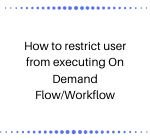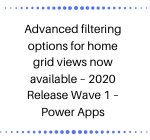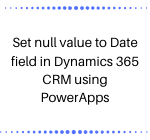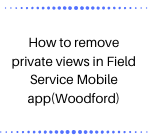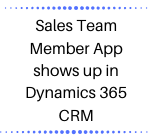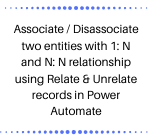How to restrict user from executing On Demand Flow/Workflow
Introduction In Dynamics 365 CRM, we can create On Demand Flows / Workflows, which allows user to execute them manually to perform certain actions as and when required. But what if you do not want specific users to execute these Flows manually? In such case, follow the steps given below to restrict users from executing… Read More »
